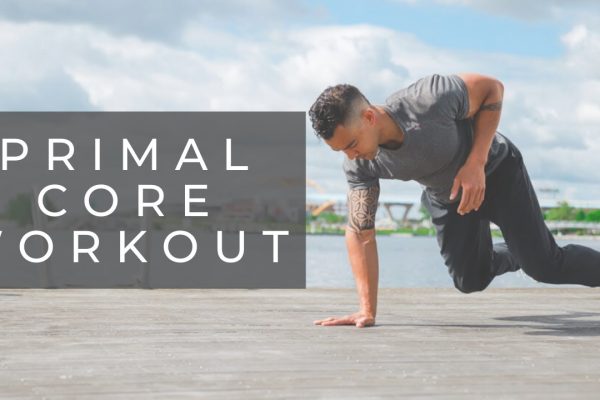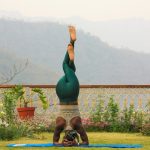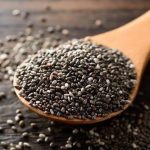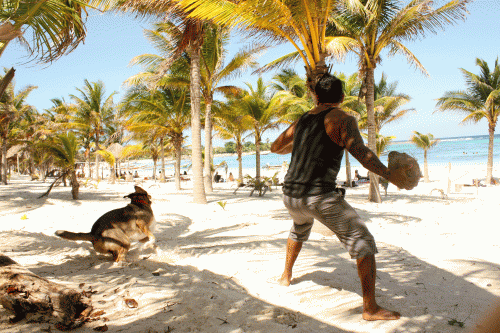
Basic Movements – Great ways to Build core Strength
Chef Carlos says it right in his blog, Work Out! No Excuses! All you need to stay fit is a healthy diet, your own body and the world around you! Here we will cover some of the most basic workout movements that do not require equipment, and how they can be adapted to different skill…






